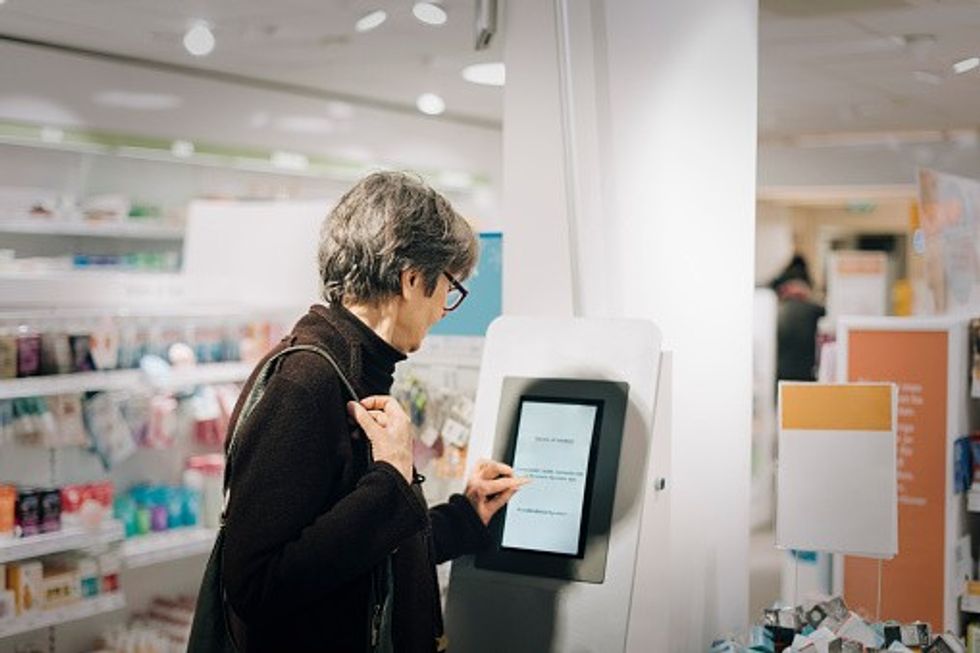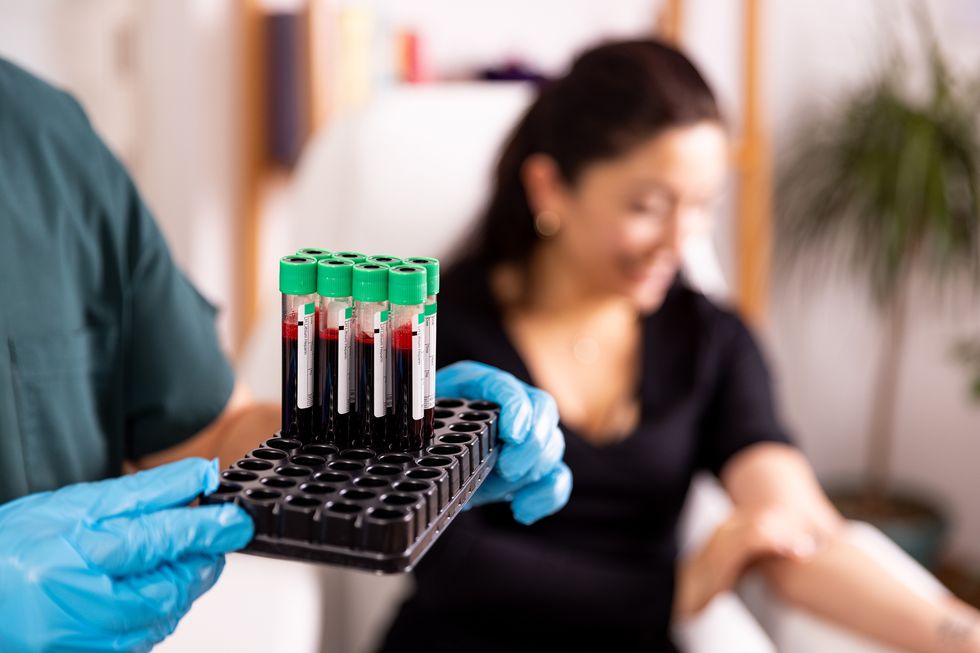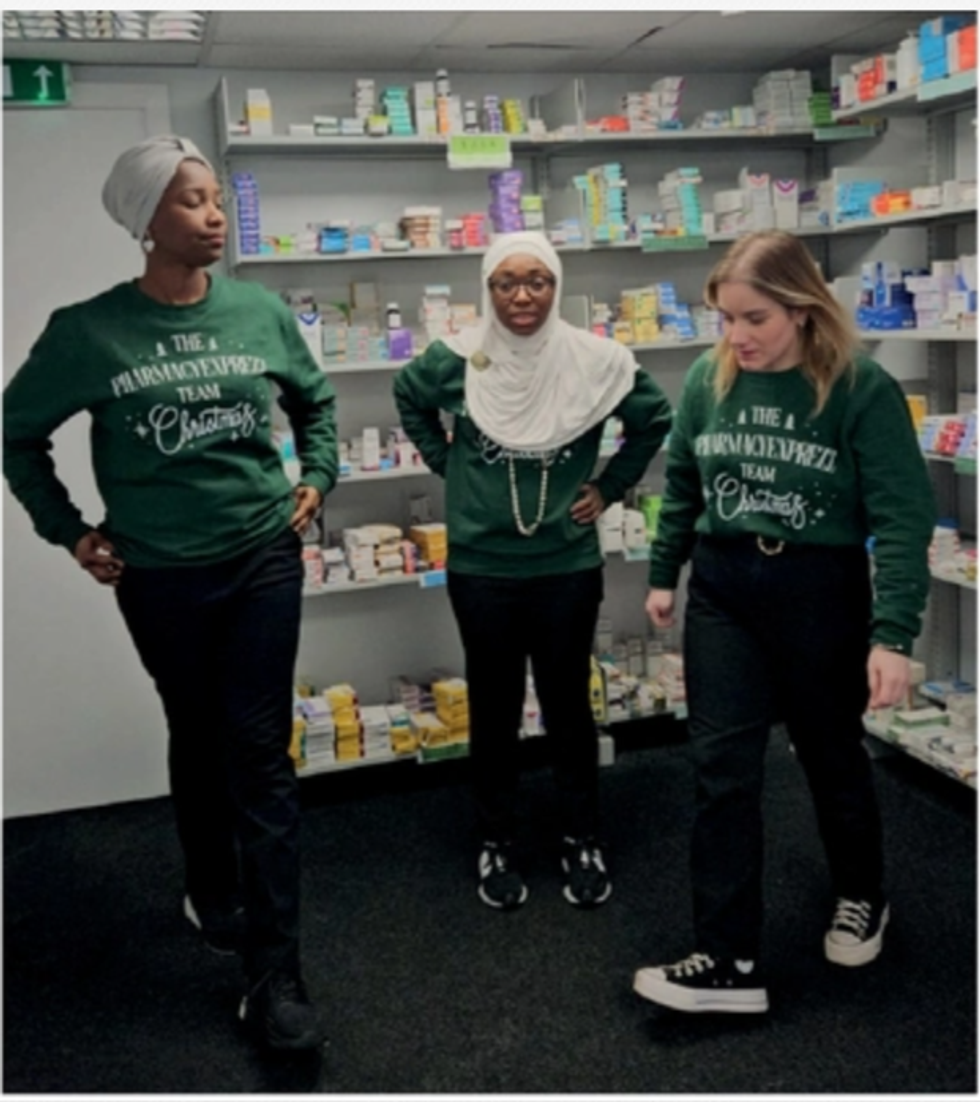Optometrist Francesca Marchetti writes how pharmacy teams can help educate patients on what dry eye (dry eyes) is, what symptoms to look out for and why treatment is vital…
Dry eye syndrome is incredibly common and prevalence is increasing globally. Studies show that prevalence rates vary from five to 50 per cent but can be as high as 75 per cent in people over the age of 40, in people who wear contact lenses and those who work with computers. It is more common in women than in men, particularly during and after the menopause.
According to a new real-world research commissioned by world experts in eye-care, Rohto, more than eight in ten women (83 per cent) indicate that they suffer from the condition, but only once they have had the symptoms of dry eye syndrome described to them.
Without detailed explanation, 56 per cent of people say they have never even heard of dry eye syndrome, showing just how under diagnosed it may be.
Causes of dry eye
Dry eyes are a clinical cause of eye irritation, fatigue, and discomfort, often causing feelings of itchiness, grittiness, and excess watering. If left untreated, dry eyes can even lead to long-term damage and sight problems.
Dry eyes may occur if enough tears aren’t produced if poor-quality tears are generated or if the tears evaporate from the surface of the eye too quickly. This leads to poor lubrication of the tear film. In a normal eye, the tear film4- the multilayer moist protective film – covers the cornea and lubricates the eye.
However, if the lubricative process is faulty dry spots appear on the surface of the eye and this causes irritation and discomfort. The tear film has several layers: fatty oils, aqueous fluid, and mucus. This combination normally keeps the surface of your eyes lubricated, smooth and clear. But problems with any of these layers can cause dry eyes.
| 20 20 20 Eye experts like myself recommend that we give our eyes a break from screens every 20 minutes by looking at a distant object (20ft away) for 20 seconds and blink for 20 seconds – it’s called the 20 20 20 screen break rules. |
Reasons for tear film dysfunction are many, including autoimmune diseases, inflamed eyelid glands or allergic eye disease. Issues such as the season, the environment, such as - weather, wind, cold, pollution, air conditioning, being indoors, inadequate diet, contact lens wear regular use of antihistamines, antidepressants or diuretics can also lead to dry eye.
Hormonal changes before and during the menopause can further exacerbate things. However, three quarters (76 per cent) of women just polled didn’t realize that dry eye syndrome can be a part of the perimenopause or menopause.
Yet changes in hormones can lead to dysfunction of the tear glands as well as causing a reduction in the oils and mucin that protect and lubricate the eye surface. The human body also produces less hyaluronic acid as we get older and this is key for retaining moisture in the eyes.
An increasing component is the use of screen-based devices because we typically blink much less when using this kind of technology. That’s bad news for the six in ten consumers who said their screen time has increased since the lockdown.
One in five (22 per cent) women questioned in the new real-world research poll from Rohto stare at a screen for five to seven hours a day, while a staggering 26 per cent do this for more than seven hours a day.
Yet just seven in 100 take the recommended amount of screen breaks. Those who use screens for 51-60 hours a week were 50 per cent more likely to experience eye problems.
Treatment and education
Whatever, the cause or trigger, it’s vital to tackle the problem early, before corneal abrasions and irreparable damage to vision occur, and this is where pharmacies have such a vital role. Using dry eye relief drops which address as many aspects of the condition as possible can break the vicious cycle of dry eye to avoid long-term damage to the cornea.
Rohto has launched the very latest science-backed innovation to treat dry eye – Rohto Dry Aid. It is clinically proven to help treat eight symptoms of dry eye and help manage the condition for effective, soothing, and lasting relief.
The product utilizes eye-care science not previously seen in the UK and deploys multiple modes of action to hydrate, restore and protect areas of dryness and restore all the layers of the tear film.
As a result, Rohto Dry Aid breaks the toxic cycle, even for contact lens wearers and that’s why I recommend this product innovation as a must have, must stock Dry Eye treatment.
Moving forward, it’s important for pharmacy to help educate their patients on what dry eye is, what symptoms to look out for and why treatment is vital. It’s not a condition that should be left.
And we should all be self-caring for our eyes a lot more and so we all need to follow the 20 20 20 rule and blink more frequently, as well as attending an eye health check every two years.
Francesca Marchetti is an optometric educator.















 A woman using kiosk at pharmacy store gettyimages
A woman using kiosk at pharmacy store gettyimages  Pharmacist examining commissioning machine in pharmacy gettyimages
Pharmacist examining commissioning machine in pharmacy gettyimages 

 Pharmacyexprezz offers blood tests, travel vaccinations, earwax removal, cryotherapy and more.
Pharmacyexprezz offers blood tests, travel vaccinations, earwax removal, cryotherapy and more. The team at Pharmacyexprezz continues to grow
The team at Pharmacyexprezz continues to grow